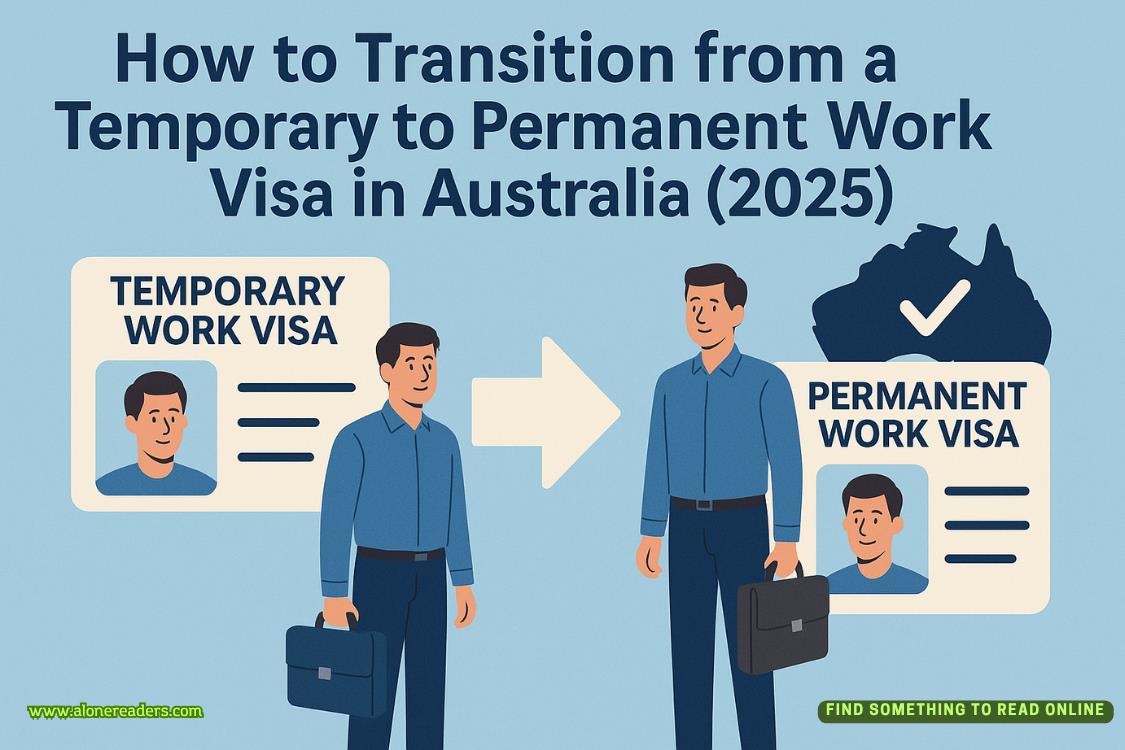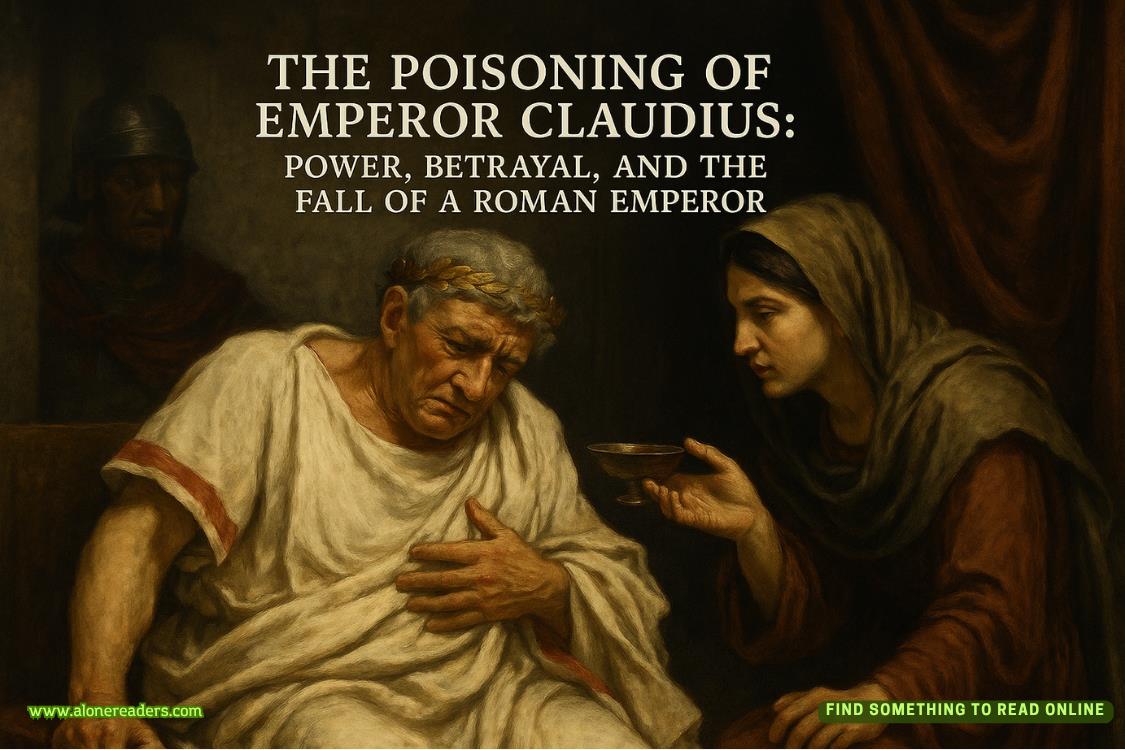Page 127 of Gone Before Goodbye
Steve wants to ask why, but he doesn’t. He brings her to the elevator and then uses the ID on his lanyard to access the elevator. They head down in silence. When the doors slide open, Maggie knows the way. Steve lets her lead. The place feels abandoned. Their footsteps echo in the quiet.
“We don’t do much down here anymore,” Steve says. “Just EGF facials.”
“EGF?”
“Epidermal Growth Factor.”
“Meaning?”
“They use a foreskin extract.”
“Pardon?”
Steve nods. “They buy foreskin from neonatal circumcisions.”
“Please tell me you’re joking.”
“I’m not. Hospitals sell baby foreskins to biomedical companies.”
She shakes her head. “I thought selling human tissue was illegal.”
“It is in a lot of places. But—and don’t ask me to explain why—it is legal to sell products derived from human tissue. EGF is also called the penis facial, but uh, that nickname is problematic for a lot of reasons.”
Maggie slows when she gets to the door. It’s ajar. She slowly pushes it open. The room is empty. She steps inside. The tile floor has been replaced with hardwood. There used to be a drain in the center. That’s gone now too.
She thinks back to that terrible day, her last one in Dubai. The three of them had tried to save a life. That’s what they told themselves. It had been a long shot. A sixty-two-year-old man named Kabir Abargil. Kabir had been brought in from a refugee camp—failing heart, weeks to live. Kabir was poor. He was on no waiting list for a heart.
Enter the THUMPR7.
Maggie wanted to exercise more caution—walk before you run—but Trace and Marc insisted that this was the perfect opportunity to launch their new technology. There are two major new research avenues focused on making heart transplants not only safe but more readily available. One school involves improving artificial hearts so that they are more than a temporary, stopgap measure. At Baylor St. Luke’s Medical Center, five patients have successfully transitioned from the BiVACOR artificial heart to donor hearts, but in Australia, one patient lived with the BiVACOR TAH for over a hundred days. There have been amazing advancements in robotics using AI, much of which they used in creating the THUMPR7.
The other school is made up of cell therapies and regenerative medicine. The idea is that one day we will be able to repair the damaged cells or even grow new ones. This regenerative technology is, of course, being worked on for all organs. There are many scientists who consider this the footpath to a potential fountain of youth. Think about it—once perfected, you could create new hearts, lungs, livers, and constantly (and safely) replace your own. To use a car analogy, if you keep replacing the engine, transmission, tires, brakes, suspension, body, a car could theoretically run forever.
Marc and Trace—and to a lesser extent, Maggie herself—believed the answer lay in blending these schools: taking the latest in robotics via the THUMPR7-TAH and inserting regenerated cell tissue that has gone through the proper DNA sequence coding so it can not only help prevent rejection but also make the transition inside the body seamless.
Yeah, it’s a lot.
In short, scientists could add cell tissue and certain DNA sequencing to make artificial organs integrate in the human body to the point that the recipient’s immune system does not recognize them as foreign and avoids attack.
The first step, which they weren’t able to do with Kabir Abargil,should have been to use a donated heart—that is, arealheart—and implant it inside the scaffolds of the THUMPR7. It would be better still if they could make it a “beating-heart” transplant—that is, where the donor heart never stops beating, eliminating ischemic time and reducing cell damage. If that worked, yes, in a few years’ time, they could move on to doing transplants with just the THUMPR7 and regenerative tissue. But first, try it with a donated heart.
Walk before you run.
But that wasn’t possible here.
The ethical lines on such operations are iffy at best. We all know the slow but crucial rules of the FDA and the dangers in rushing experimentation and implementation. But if a patient gives informed, voluntary, and competent consent and no other remedies are left, isn’t it ethically permissible to try something experimental, especially if the alternative is certain death?
Hard to say. Probably not. But they were going ahead with it no matter what, and Maggie knew that the best-case scenario, which was still a terrible-case scenario, would be if she participated.
So she did. In this very room.
“Maggie?”
“‘Every great cause begins as a movement, becomes a business, and eventually degenerates into a racket.’”
“What?”
“I did a surgery down here,” Maggie says.















